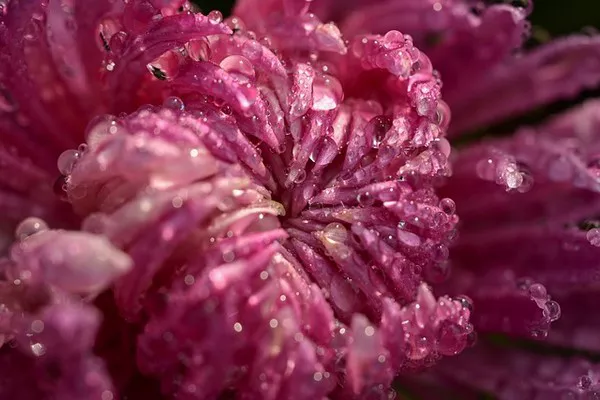Flowers have long been cherished for their beauty and the emotions they convey. Whether received as a gift, used as a decorative element, or cultivated in a garden, flowers bring joy and color to our lives. However, as time passes, the vibrant petals and delicate fragrances inevitably fade, leaving us with the question of what to do with dead flowers. Instead of discarding them thoughtlessly, there are numerous creative and environmentally-friendly ways to give new life to these faded botanical treasures.
1. Drying and Preserving
One of the most common methods to extend the lifespan of flowers is by drying and preserving them. This technique allows you to retain their visual appeal and sentimental value. Air-drying is a simple and effective approach, requiring nothing more than hanging the flowers upside down in a dark, dry place. Once dried, they can be used in a variety of crafts, from greeting cards and bookmarks to framed displays.
Another popular preservation method involves silica gel, a desiccant that absorbs moisture. Silica gel can be placed in an airtight container with the flowers, helping to maintain their original color and shape. Pressing flowers between the pages of a heavy book is yet another method that results in flattened blooms suitable for artwork or scrapbooking.
2. Crafting with Dead Flowers
Dried flowers can be the perfect addition to an array of artistic projects. Incorporating them into homemade candles, resin jewelry, or pottery can lend a touch of nature’s beauty to these crafts. Pressed flowers can be arranged into stunning designs and framed, transforming them into unique pieces of wall art. Moreover, dead flower petals can be used to create aromatic potpourri, infusing your living spaces with a gentle fragrance.
3. Natural Dyes
An often overlooked use for dead flowers lies in their potential as natural dyes. Extracting color from faded blooms can provide a sustainable alternative to synthetic dyes, contributing to a more eco-friendly lifestyle. By boiling the flowers, you can obtain a range of hues that can be used to dye fabrics, yarns, and even paper. This not only breathes new life into the flowers but also reduces the demand for harmful chemical dyes.
4. Composting for Fertilizer
Returning flowers to the earth in the form of compost is a practical way to ensure their legacy continues. Dead flowers can be added to a compost pile along with other organic materials, breaking down into nutrient-rich soil that benefits your garden. The composting process not only reduces waste but also enhances soil structure and supports plant growth, creating a sustainable cycle of nourishment.
5. Petal-Infused Beauty Products
The gentle essence of flowers can be captured and infused into various beauty products. Crafting homemade essential oils, perfumes, and bath salts from dead flower petals offers a way to enjoy their fragrance for an extended period. Additionally, petals can be used to create natural exfoliants for skin scrubs, enhancing the rejuvenating effects of self-care routines.
6. Flower Petal Paper
Transforming dead flowers into paper adds an elegant touch to letters, cards, and invitations. The paper-making process involves blending the petals with pulp and water, then shaping and drying the mixture into sheets. This unique paper can be further embellished with pressed flowers or incorporated into various crafting projects.
7. Ecological Offerings
In many cultures, the practice of offering flowers as a symbol of respect and tribute is deeply rooted. Transforming dead flowers into offerings for nature, such as building bird nests or creating small insect shelters, can be a meaningful way to honor the cycle of life and contribute positively to the ecosystem around us.
8. Education and Scientific Exploration
Dead flowers can serve as valuable tools for educational purposes. Children can learn about plant life cycles, anatomy, and ecological concepts by examining and dissecting faded blooms. Similarly, scientists and researchers can utilize preserved flowers for botanical studies, aiding in the advancement of botanical knowledge and conservation efforts.
Conclusion
The life of a flower doesn’t need to end with its vibrancy. Embracing the myriad of creative possibilities for repurposing dead flowers not only showcases our resourcefulness but also promotes sustainable living. By drying, crafting, composting, and exploring various uses for faded blooms, we extend their impact and appreciation far beyond their initial beauty. As we reimagine the potential of these botanical remnants, we invite a deeper connection with nature and a renewed sense of environmental consciousness.


